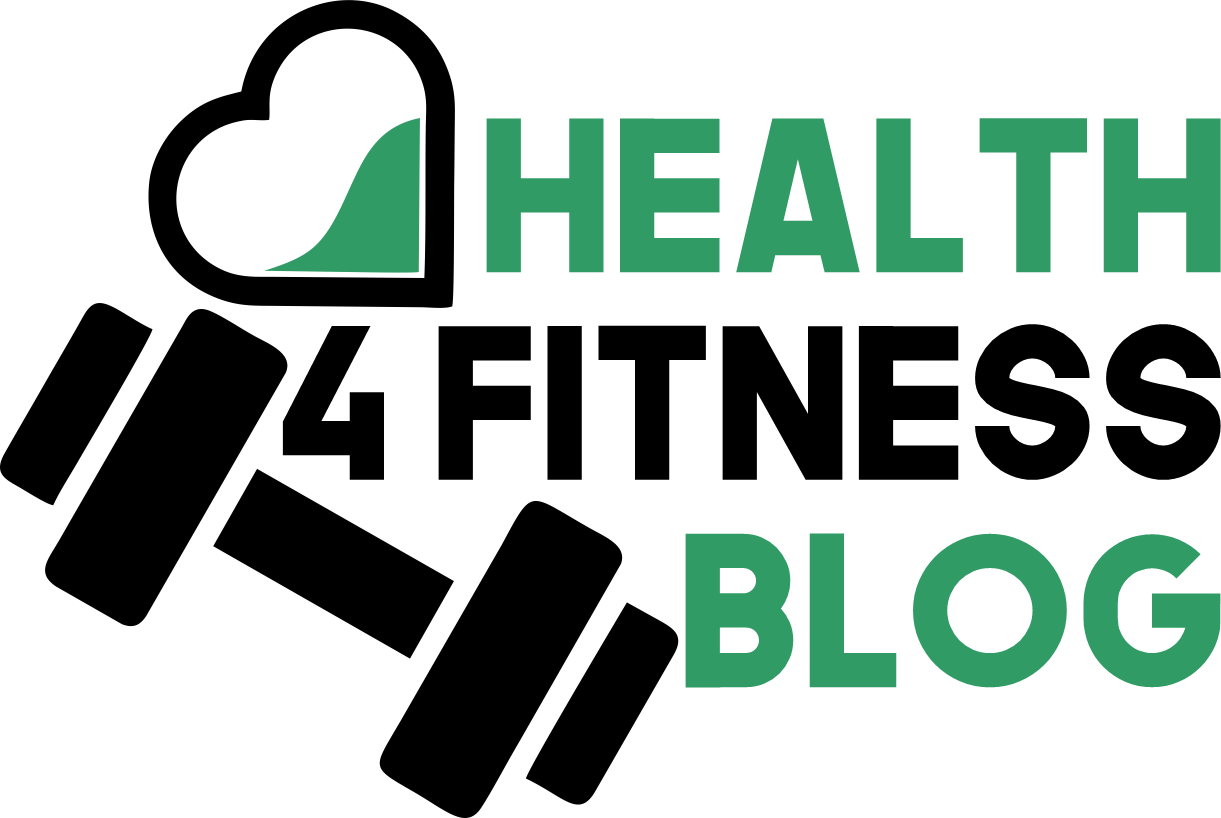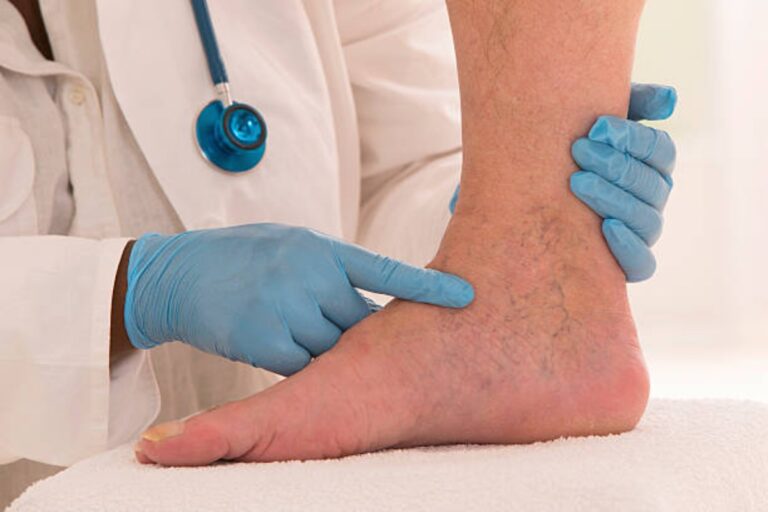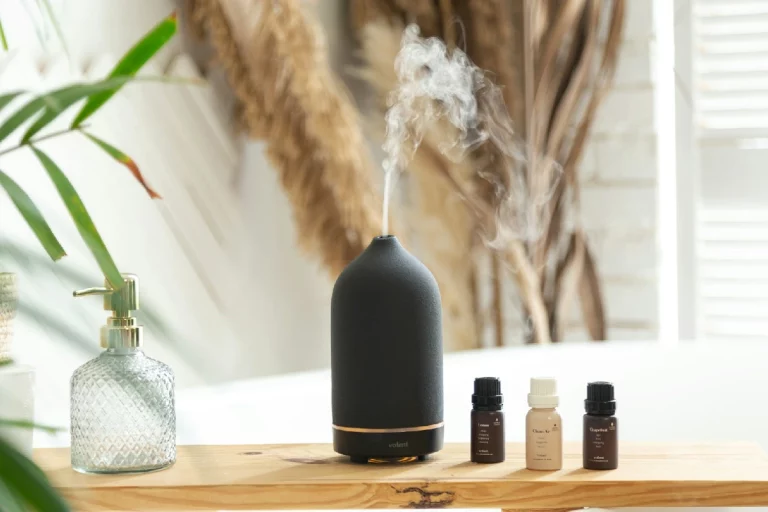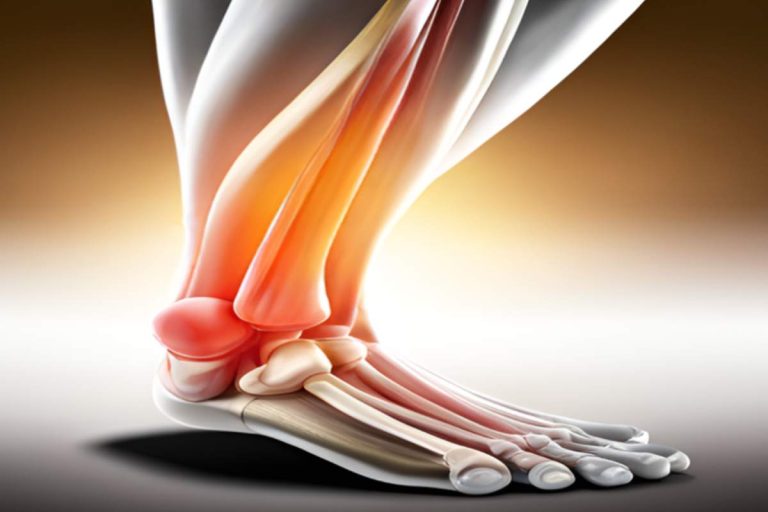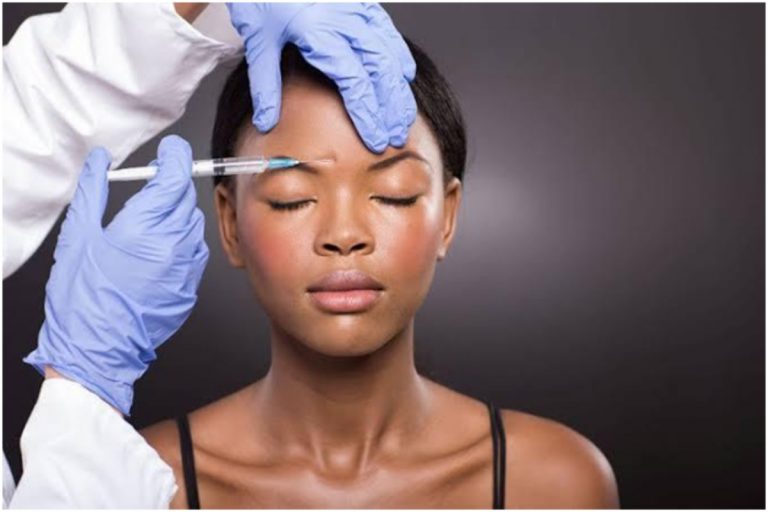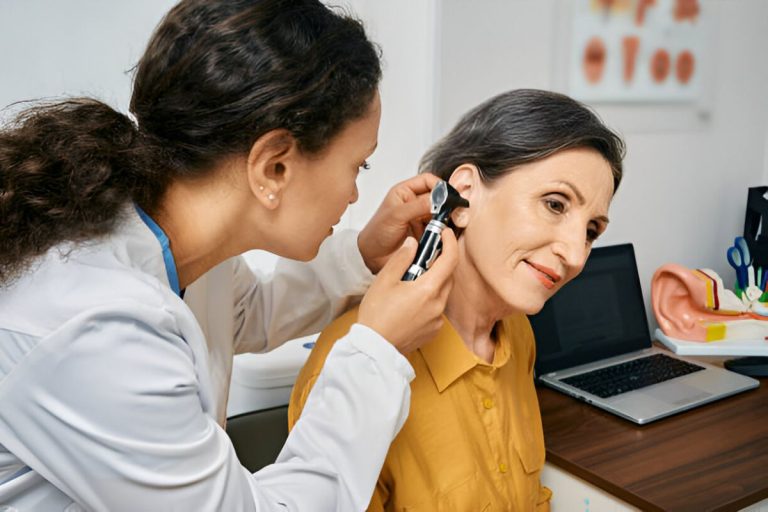Plantar flexion is a crucial move that allows us to point our toes downward toward the ground.
This movement is essential for proper foot function, as it activates the calf muscles and the Achilles tendon, which work together to provide stability and support to the foot.
Injuries to the Achilles tendon can significantly impact plantar flexion and overall foot function.
Proper stretching and strengthening of the calf muscles can help prevent these injuries and improve foot health.
Additionally, wearing appropriate footwear and avoiding activities that strain the Achilles tendon excessively can help reduce the risk of injury.
Main Idea
It is a crucial move that involves the extension of the ankle joint, which results in pointing the foot and toes downward.
This movement is necessary for walking, running, jumping, and even standing on tiptoes.
Muscles responsible for plantar flexion located in the lower leg and the gastrocnemius, soleus, and tibialis posterior.
These muscles work together to create the force required for plantar flexion.
Anatomy of the Ankle Joint
The tibia, fibula, and talus are three articulating bones that comprise the ankle joint.
The tibia and fibula form the lower part of the leg, while the talus is a bone in the foot.
Together, these bones allow for a wide range of motion, including plantar flexion.
In addition to the bones, the ankle joint contains ligaments that provide stability and prevent excessive movement.
These ligaments include the anterior talofibular ligament, posterior talofibular ligament, and calcaneofibular ligament.
Nerve Supply for Plantar Flexion
The nerves responsible for plantar flexion are the tibial and the common fibular nerve, which branch off the sciatic nerve.
The tibial nerve supplies the posterior muscles of the leg, including the gastrocnemius and soleus, while the common fibular nerve supplies the anterior muscles, such as the tibialis anterior.
Damage to these nerves can result in weakness or paralysis of the muscles involved in plantar flexion, leading to difficulty with walking and other activities.
Importance of Plantar Flexion
It is crucial for maintaining balance and stability while standing or moving.
It also plays a significant role in propulsion during running and jumping, where forceful plantar flexion is required to push off the ground.
In addition, plantar flexion is essential for proper gait mechanics.
A lack of it can lead to compensatory movements and increased stress on other joints, potentially resulting in pain or injury.
The Function of Plantar Flexion
The primary function of it is to point the toes downward and flex the ankle joint.
This movement is necessary for walking, running, jumping, and maintaining balance.
In addition, plantar flexion generates force, propels the body forward, and contributes to the lower leg and foot’s overall functionality, strength, and stability.
What controls plantar flexion?
it is a complex movement controlled by the interaction of multiple components, including the nervous system, muscular system, and the coordination of various structures involved.
Here’s a detailed explanation of how plantar flexion controlled:
Central Nervous System (CNS): The central nervous system, composed of the brain and spinal cord, is responsible for initiating and coordinating movements, including plantar flexion.
Motor commands originate in the brain’s motor cortex and transmitted through descending pathways to the spinal cord.
Motor Cortex: The motor cortex is a brain region that plans and initiates voluntary movements.
When you intend to perform it, the motor cortex generates neural signals transmitted to the spinal cord.
Spinal Cord: The spinal cord is vital in controlling plantar flexion. It contains motor neurons that directly innervate the muscles involved in plantar flexion, namely the gastrocnemius and soleus muscles.
Motor Neurons: Plantar flexion involves the transmission of signals from motor neurons located in the ventral horn of the spinal cord to the calf muscles, which leads to the initiation of their contraction.
Nerve Pathways: The motor signals from the motor cortex travel down the spinal cord in specific nerve pathways.
For plantar flexion, the relevant nerve pathway is the corticospinal tract.
These descending signals reach the appropriate spinal cord level and synapse with the motor neurons that control the calf muscles.
Calf Muscles: The primary muscles responsible for plantar flexion are the gastrocnemius and soleus muscles, which form the bulk of the calf.
The motor neurons that innervate these muscles receive signals from the spinal cord, causing them to contract.
Neural Activation: The motor neurons transmit electrical impulses to the muscle fibers, releasing calcium ions within the muscle cells.
This initiates a cascade of events that results in the sliding of myosin filaments and actin, leads to muscle contraction.
Synergistic Muscle Activation: Plantar flexion often requires the coordinated activation of other muscles to stabilize the ankle joint and control movement.
For example, muscles such as the tibialis posterior, flexor hallucis longus, and flexor digitorum longus work with the calf muscles to provide stability, control, and fine-tuning of the plantar flexion movement.
Sensory Feedback: During plantar flexion, sensory receptors within the ligaments of the foot, muscles, tendons, and ankle provide feedback to the CNS.
This feedback helps adjust muscle activation, control force, and maintain balance.
Proprioceptors, such as Golgi tendon organs and muscle spindles, provide sensory information about muscle length, tension, and joint position.
Neural Integration: The CNS receives and integrates sensory feedback from various sources, such as vision, proprioception, and vestibular input, to modulate and refine the motor commands for plantar flexion.
This integration enables precise control, adaptation to changing conditions, and coordination with other movements.
In summary, it controlled by a complex interplay between the central nervous system, motor neurons, muscles, and sensory feedback.
The motor commands originate in the motor cortex, travel through the spinal cord, and activate the appropriate motor neurons that innervate the calf muscles.
Sensory feedback informs the CNS about the position, tension, and movement of the foot and ankle, allowing for adjustments and coordination of the plantar flexion movement.Top of Form
Common Injuries and Conditions
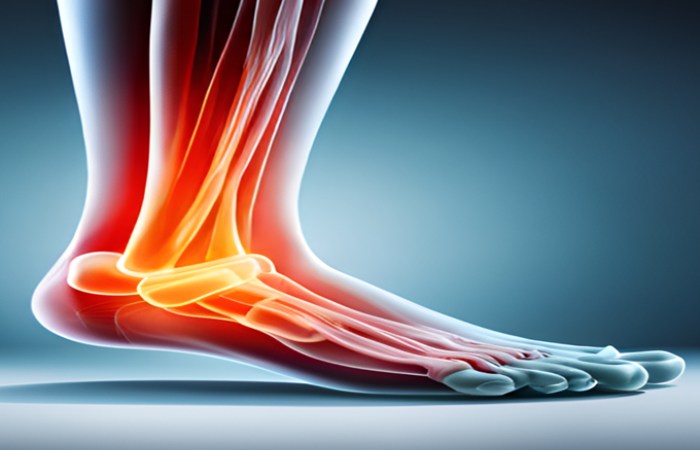
Several injuries and conditions can affect plantar flexion, including Achilles tendonitis, plantar fasciitis, and ankle sprains.
These injuries can cause pain, swelling, and limited range of motion, making it hard to perform activities that require plantar flexion.
Treatment for these injuries typically involves rest, ice, compression, elevation (RICE), and physical therapy to strengthen the affected muscles and improve the range of motion.
Exercises to Improve Plantar Flexion
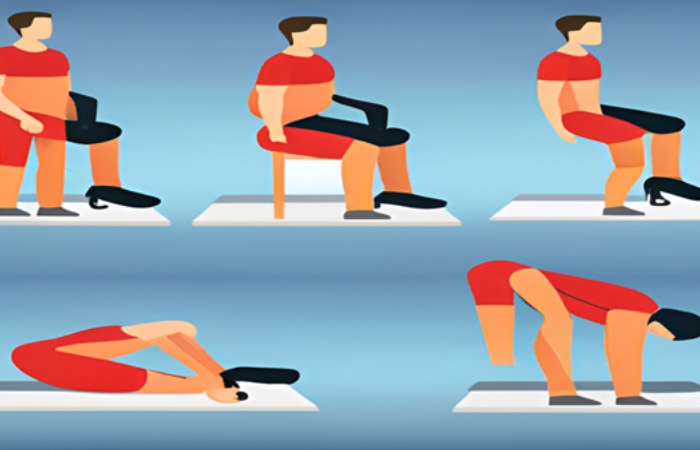
Strengthening exercises can help improve plantar flexion and prevent injuries.
Exercises like calf raise, heel drops, and ankle circles can help strengthen the muscles involved in plantar flexion and enhance the range of motion.
Stretching exercises like toe touches and wall stretches can also help improve flexibility and prevent injuries.
Incorporating these workouts into a regular workout routine can help maintain healthy plantar flexion and reduce the risk of injury.
Plantar Flexion Treatment
The treatment for it depends on the underlying cause or condition associated with the limitation or dysfunction of plantar flexion.
Here are some common approaches treating plantar flexion issues:
Physical Therapy: Physical therapy is vital in treating plantar flexion problems.
A physical therapist design a customized exercise program to develop strength, flexibility, and range of motion in the calf muscles and ankle joints.
They may incorporate stretching exercises, strengthening exercises, manual therapy techniques, and functional training to address specific impairments.
Orthotic Devices: In some cases, orthotic devices such as ankle-foot orthoses or splints prescribed.
These devices can provide support, alignment, and control to the ankle joint, facilitating proper plantar flexion and addressing issues like drop foot or foot drop.
Stretching and Range of Motion Exercises: Specific stretching exercises targeting the calf muscles can help improve the ankle joint’s flexibility and range of motion.
These exercises may include calf stretches, Achilles tendon stretches, and plantar fascia stretches.
Strengthening Exercises: Strengthening exercises focus on improving the strength and endurance of the calf muscles.
This can achieve through exercises like calf raises, toe curls, and resistance training.
Manual Therapy: Hands-on techniques performed by a qualified therapist, such as massage, myofascial release, and joint mobilization, can help alleviate muscle tightness, improve tissue flexibility, and restore standard joint mechanics.
Medications: In some cases, non-steroidal anti-inflammatory drugs or other pain-relieving medications may be prescribed to manage pain and reduce inflammation associated with certain conditions affecting plantar flexion, such as Achilles tendonitis.
Surgical Intervention: In cases of severe plantar flexion issues due to structural abnormalities, injury, or certain medical conditions, surgical intervention considered.
This could involve tendon lengthening, tendon repair, or joint reconstruction.
It’s necessary to consult with a healthcare professional, such as a physician or physical therapist, to assess your specific condition and determine the most appropriate treatment options for your individual needs.
How to prevent injury?
Preventing injury is crucial for maintaining the health and functionality of the foot and ankle, including preventing plantar flexion-related injuries.
Here are some general tips to help prevent injuries:
Proper Warm-up: Always warm up before engaging in physical activities or exercise.
A warm-up routine should include dynamic stretching, light cardio, and specific exercises targeting plantar flexion muscles.
This helps prepare the muscles, tendons, and ligaments for activity and reduces the risk of injury.
Gradual Progression: Avoid sudden or excessive increases in intensity, duration, or frequency of physical activity.
Gradually progress your training regimen to allow your body to adapt and reduce the risk of overuse injuries.
Wear Appropriate Footwear: Choose footwear that provides adequate support, cushioning, and stability for your specific activities.
In addition, well-fitting shoes with good arch support and shock absorption can help prevent strain and reduce the hazard of foot and ankle injuries.
Strengthening and Conditioning: Maintain good overall lower limb strength and flexibility.
Incorporate exercises that target the calf muscles and the muscles surrounding the foot and ankle to enhance firmness and reduce the risk of injury.
Proper Technique: Learn and practice proper technique for activities involving plantar flexion, such as running, jumping, or performing specific sports movements.
Improper technique can increase stress on the foot and ankle, leading to injuries.
Cross-training and Rest: Incorporate cross-training activities into your routine to prevent overuse injuries.
Alternate between activities that put different demands on the foot and ankle. Additionally, allow for adequate rest and recovery periods to allow the body to heal and rebuild.
Maintain a Healthy Lifestyle: Maintain a healthy weight and eat a balanced diet to support overall musculoskeletal health.
In addition, stay hydrated and ensure proper nutrition to support tissue health and injury prevention.
Listen to Your Body: Pay attention to any pain, discomfort, or signs of overuse.
If you experience worsening symptoms, seek medical attention and modify your activities accordingly.
Remember, everyone’s body and fitness level are exclusive, so it’s obligatory to consult with a healthcare professional or a certified athletic trainer for personalized advice and guidance on injury prevention techniques specific to your needs.
People also ask
What is an example of plantar flexion?
An example of it is pointing your toes downward as if you were standing on your tiptoes.
You actively engage in plantar flexion when you stand on your tiptoes or perform activities such as ballet relieves, or calf raises.
Another example is pushing off the ground while walking or running, extending your ankle joint, and propelling your body forward.
It is also involved in movements like jumping, hopping, and performing particular dance or gymnastics maneuvers that require lifting your body off the ground.
What is dorsiflexion vs. plantar flexion of the foot?
Dorsiflexion is the movement that brings the top of the foot closer to the shin, while it is the movement that brings the sole downward or away from the shin.
What is the primary muscle for plantar flexion?
The primary muscle responsible for plantar flexion is the calf muscle group, which consists of the gastrocnemius and soleus muscles.
These muscles are located in the lower leg’s posterior (back) part and connect to the Achilles tendon, which attaches to the heel bone.
When the calf muscles contract, they generate the force to push the foot downward, resulting in plantar flexion.
How is plantar flexion performed?
It performed by contracting the calf muscles, specifically the gastrocnemius and soleus muscles, which results in pointing the toes downward or pushing the foot away from the shin.
Is walking on toes plantar flexion?
Walking on toes is an example of it. When you walk on your toes, you actively engage the muscles in the back of your lower leg, primarily the calf muscles, to push the foot downward and lift the heel off the ground.
This action involves plantar flexion of the ankle joint, as the toes are pointed below during the movement.
What happens during plantar flexion?
During it, the calf muscles contract, causing the foot to move downward and the toes to point away from the shin.
This action extends the ankle joint and generates force for walking, running, and jumping.
